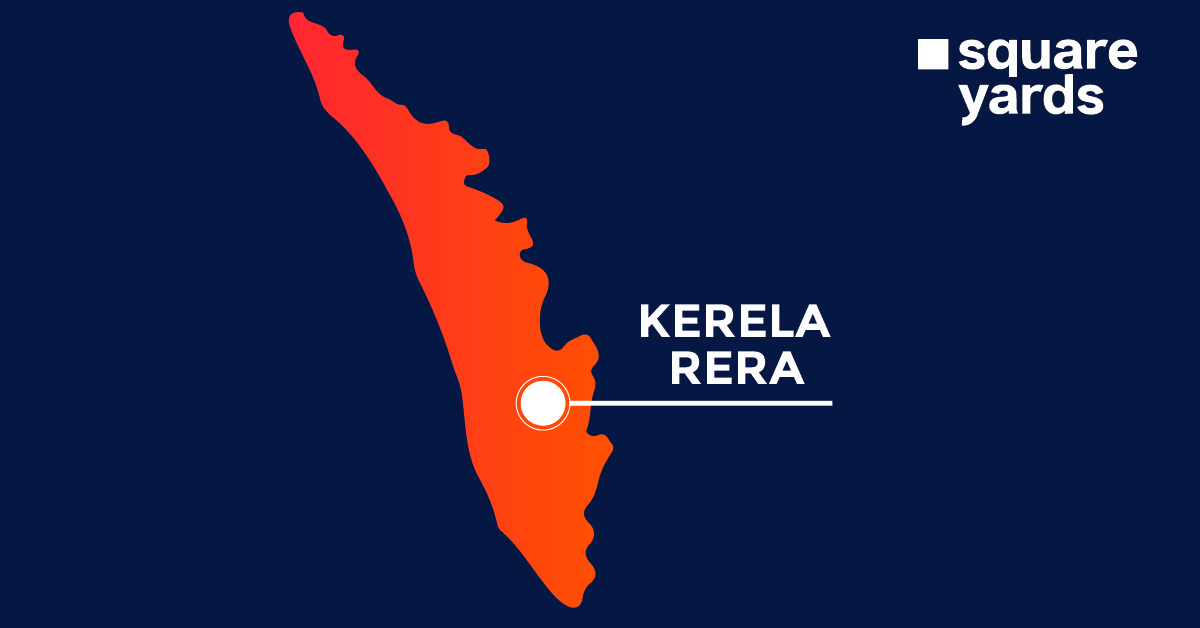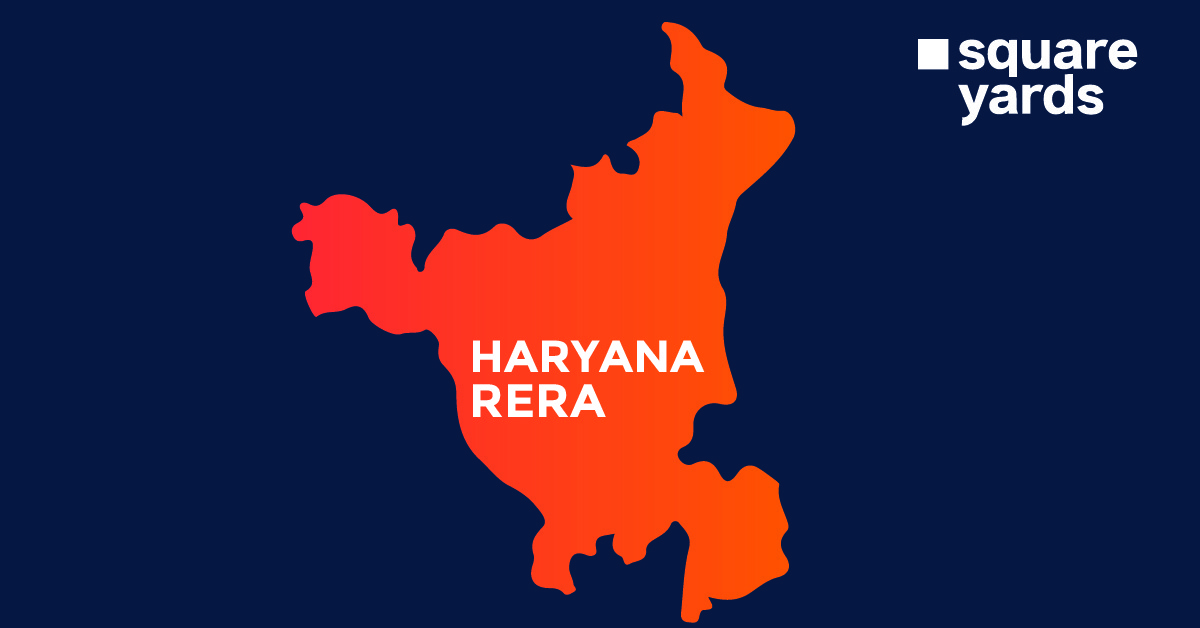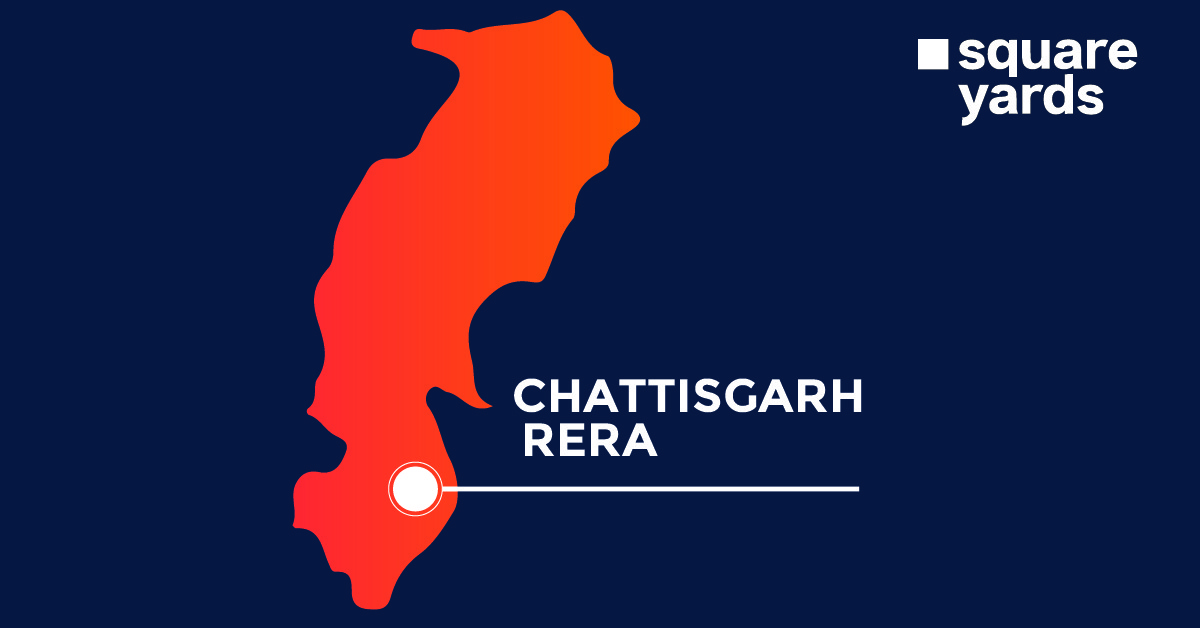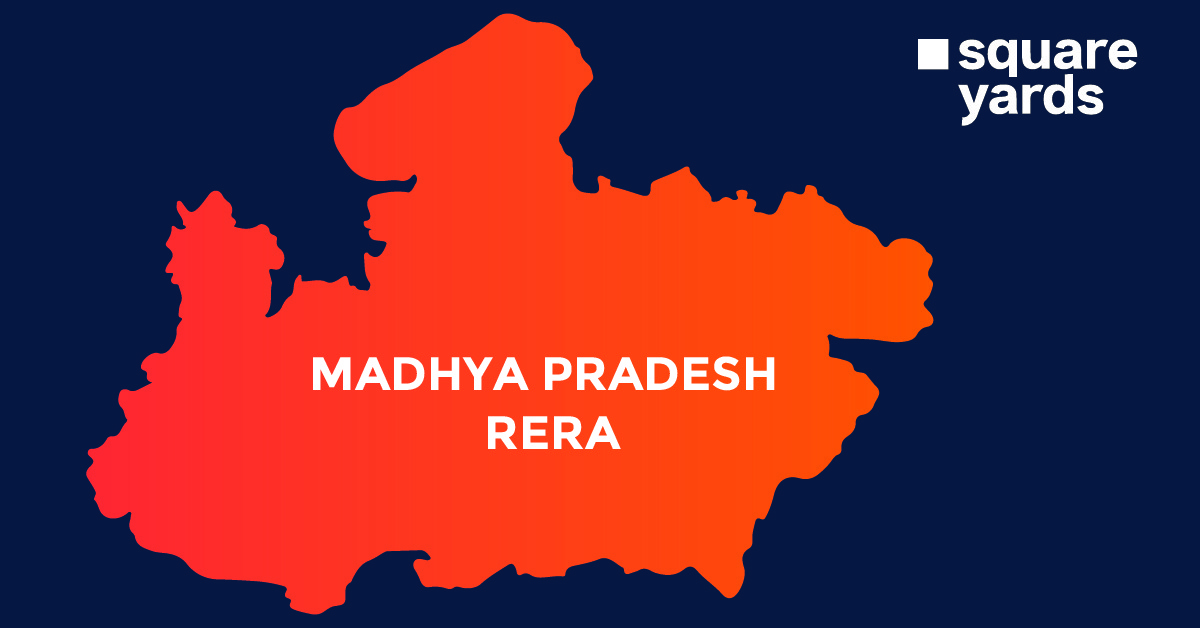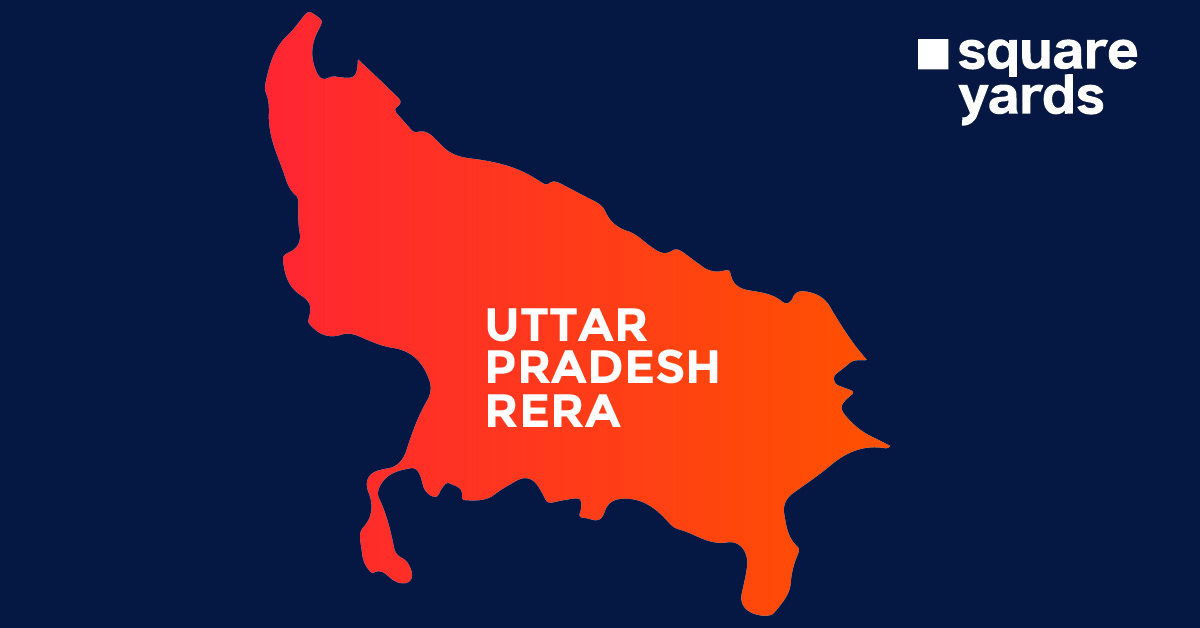Anything that is widely recognised for the payment of debts or the purchase of goods or services is referred to as currency. Money’s development as a mechanism for regulating society’s financial activities was a huge step forward from older forms of exchange based on barter, in which commodities and services were swapped for other goods and services.
Forecasting exchange rates is required to determine the foreign currency cash flows involved in international transactions. As a result, projecting the INR to CAD exchange rate is critical for assessing the benefits and risks of foreign currency conversion.
INR to CAD is one of the most important currency exchanges in the world. The INR to CAD rate keeps on changing every day. Since most of the trades are done between these two countries, it is also important to know the INR to CAD rate for swapping services and commodities easily.
Overview of INR(Indian Rupee)
The Indian Rupee is the country’s official currency, and it is denoted by the ISO code INR. The Reserve Bank of India (RBI), the country’s central bank, regulates it. The Indian Rupee is named after the “rupiya,” a silver coin introduced in the 16th century.
India’s economy was once cash-based, which resulted in the proliferation of counterfeit banknotes by criminals. The RBI has been forced to modify and upgrade INR notes with additional security measures throughout the years. Large-denomination banknotes are the most commonly falsified. The Government of India proclaimed the demonetization of all Mahatma Gandhi Set notes in values of 500 INR and 1000 INR in 2016.
History of INR(Indian Rupee)
The English had a great impact on India at the beginning of 1830. The Currency Act of 1835 enabled the country to have consistent coinage. The new edition of the coins had William IV’s effigy on the original side, with the denomination inscribed in Persian and English on the reverse.
Coins minted after 1840, on the other hand, featured a picture of Queen Victoria. The first coin struck under the kingdom was approved in 1862. The Indian Coinage Act, which governs the building of mints and the issue of coins, was adopted in 1906 and is still in effect today.
The Rupiya was a silver coin in the past. It had huge ramifications in the nineteenth century, when the world’s greatest countries were using gold coins. The discovery of massive amounts of silver in European colonies and the United States fuelled the 1873 panic. It resulted in a depreciation of silver relative to gold, resulting in a reduction in the value of India’s standard currency.
Because of the situation during WWII, Quaternary Silver Alloy replaced the ordinary rupee. In 1947, pure nickel coins replaced the coins made in 1940. On August 15, 1947, India declared its independence. The country’s currency, however, remained frozen until Jan 26, 1950, when the Republic approved its own Constitution. In 1957, India implemented a decimal currency structure, in which 100 paise equaled one Rupee.
The government demonetized 500 and 100 INR notes in 2016, claiming that it will reduce the underground economy and make it even more difficult to utilise illicit and counterfeit currencies to fuel crime and terrorism. Following the action, the RBI announced the issue of new notes in values of 500 and 2000 INR as part of a new Mahatma Gandhi series.
As of April 2019, the most recently circulated notes were the Mahatma Gandhi Old Series’ 5 INR, 10 INR, 20 INR, 50 INR, and 100 INR notes, as well as the Mahatma Gandhi New Series’ 10 INR, 20 INR, 50 INR, 100 INR, 200 INR, 500 INR, and 2000 INR notes. Various micro-printed words, like “Bharata” and “RBI,” are scattered throughout the new series of INR notes.
Officially, the market determines INR exchange rates. The RBI, on the other hand, engages in active currency trading in the USD/INR market to affect the exchange rate. As a result, the currency system for the INR vs the USD is a controlled exchange rate. It’s also known as a “controlled float.”
Overview of CAD(Canadian Dollar)
The Canadian Dollar (CAD) is the national currency of Canada. This national currency was introduced in the year 1858. Since the introduction, all the accounting in the country is made in the national currency (CAD).
The Canadian currency is one of the world’s highest-value currencies. National symbols of Canada have been printed on all the coins and notes/bills of Canadian currency.
The Canadian dollar, popularly known as the loonie because of the loon on the $1 coin, is the country’s currency. To distinguish it from other dollar currencies, it has the international currency code CAD and the sign $, or C$. It is the unit of value in which all prices in Canada are stated, as well as the medium of exchange for products and services. It is split into 100 cents () and issued in the form of coins by the Royal Canadian Mint and banknotes by the Bank of Canada.
History of CAD(Canadian Dollar)
Due to the spread of the Spanish dollar or peso in North America throughout the XVIII century and early XIX century, as well as the standardisation of the American dollar, Canada chose to begin utilising the dollar rather than the sterling pound. The area of Québec was a staunch supporter of the dollar (the Bank of Montreal produced banknotes in dollars in 1817), but the Atlantic colonies, which had greater ties with the United Kingdom, were not.
The province of Canada declared that all accounts would be made in dollars beginning in January 1858, and the first official Canadian dollars were issued the same year. In the years that followed, the colonies that would eventually join the Canadian Confederation progressively adopted a decimal system.
Finally, in April 1871, the government passed the Uniform Currency Act, which replaced the currencies of several provinces with a single Canadian dollar for all of them. On April 10, 1933, the gold standard was abandoned formally.
The terminology Canadian dollar also refers to the value of Canada’s currency in comparison to the currencies of other countries. The value of the Canadian dollar is continually set by trading in the foreign exchange market, where CAD is one of the most traded currencies, under the flexible exchange rate system. Because many central banks throughout the globe hold CAD as a reserve currency, it is regarded as a benchmark currency. The majority of trading is done by licensed banks and big enterprises in Toronto, Montréal, and New York. The Canadian dollar (CAD) is sometimes referred to as a “commodity currency” because its value typically corresponds with commodity prices, particularly the prices of softwood timber, minerals, and crude oil.
INR to CAD Forecast
The INR to CAD forecast will tell the value of 1 INR to CAD, which could be possible in the next few days and months as mentioned in the table below.
| Forecast Month & Year | The Opening Rate in CAD | The Closing Rate in CAD | The Minimum Rate for INR to CAD | Maximum Rate INR to CAD |
| March 2022 | 0.0167164 | 0.016824 | 0.016716 | 0.0168685 |
| April 2022 | 0.0168392 | 0.0164887 | 0.0164869 | 0.0168392 |
| May 2022 | 0.0164827 | 0.0162717 | 0.0162717 | 0.0164827 |
| June 2022 | 0.0162632 | 0.0161188 | 0.0161188 | 0.0162707 |
| July 2022 | 0.0161409 | 0.0160353 | 0.0160119 | 0.016142 |
| August 2022 | 0.0160187 | 0.0157231 | 0.0157231 | 0.0160355 |
| September 2022 | 0.0157092 | 0.015795 | 0.0156546 | 0.015795 |
| October 2022 | 0.0157981 | 0.0159557 | 0.0157877 | 0.0159706 |
| November 2022 | 0.0159492 | 0.0158754 | 0.0158454 | 0.0159652 |
| December 2022 | 0.0158821 | 0.0159256 | 0.0158821 | 0.0159681 |
How to Convert INR to CAD?
It is easy to convert INR to CAD. The conversion process to convert the Indian Rupee to Canadian Dollar is mentioned below:
For example, to convert 1 Indian Rupee to Canadian Dollar,
1 INR to CAD = $ (1×0.017) CAD
1 Indian Rupee to Canadian Dollar = $0.017 CAD
Few more examples,
- 10000 INR to CAD = $ (10000×0.017) CAD = $170.29 CAD
- 100 INR to CAD = $ (100×0.017) CAD = $1.70 CAD
- 1000 INR to CAD = $ (1000×0.017) CAD = $17.03 CAD
- 200 INR to CAD = $ (200×0.017) CAD = $3.41 CAD
- 500 INR to CAD = $ (500×0.017) CAD = $8.51 CAD
- 15000 INR to CAD = $ (15000×0.017) CAD = $255.44 CAD
- 5000 INR to CAD = $ (5000×0.017) CAD = $85.15 CAD
- 90 INR to CAD = $ (90×0.017) CAD = $1.53 CAD
- 825 INR to CAD = $ (825×0.017) CAD = $14.05 CAD
- 1099 INR to CAD = $ (1099×0.017) CAD = $18.72 CAD
- 24000 INR to CAD = $ (24000×0.017) CAD = $408.70 CAD
Don’t Miss it!
| INR to USD | Convert Indian Rupee to United States Dollar |
| INR to EURO | Convert Indian Rupees to Euro |
| NZD to INR | Convert New Zealand Dollar to Indian Rupees |
| CHF to INR | Convert Swiss Franc to Indian Rupees |
| AUD to INR | Convert Australian Dollar to Indian Rupees |
| GBP to USD | Convert British Pound to US Dollar |
| SAR to INR | Convert Saudi Riyals to Indian Rupees |
| JPY to INR | Convert Japanese Yen to Indian Rupees |
| USD to EUR | Convert US Dollar to Euros |
INR Vs CAD: What are the Differences Between Them?
Indian Rupee to Canadian Dollar is different from each other. The basic difference between Rupee to Canadian Dollar is mentioned in the table below.
| Currency | INR | CAD |
| Symbol | INR is represented by the symbol ₹ | CAD is represented by the symbol $ or C$ |
| Definition | The Indian Rupee (INR) is the national currency of India. | The Canadian Dollar (CAD) is the national currency of Canada. |
| Value | As of 29th Jan 2022, the conversion value of 1 INR to CAD equals $0.017 | As of 29th Jan 2022, the conversion value of 1 CAD to INR equals ₹ 58.74 |
INR to CAD Conversion Chart
The table below mentions the Indian Rupee to Canadian Dollar rate as of 29th Jan 2022. The Canadian Dollar to INR rate changes every day, hence, it is important to check the rates every day.
| ₹ 1 INR equals to | $0.017 CAD | ₹ 200 INR equals to | $3.41 CAD |
| ₹ 5 INR equals to | $0.085 CAD | ₹ 500 INR equals to | $8.51 CAD |
| ₹ 10 INR equals to | $0.17 CAD | ₹ 750 INR equals to | $12.77 CAD |
| ₹ 15 INR equals to | $0.26 CAD | ₹ 1000 INR equals to | $17.03 CAD |
| ₹ 20 INR equals to | $0.34 CAD | ₹ 10000 INR equals to | $170.26 CAD |
| ₹ 25 INR equals to | $0.43 CAD | ₹ 100000 INR equals to | $1702.64 CAD |
| ₹ 30 INR equals to | $0.43 CAD | ₹ 1000000 INR equals to | $17026.41 CAD |
| ₹ 35 INR equals to | $0.60 CAD | ₹ 2000000 INR equals to | $34052.82 CAD |
| ₹ 40 INR equals to | $0.68 CAD | ₹ 3000000 INR equals to | $51079.22 CAD |
| ₹ 45 INR equals to | $0.77 CAD | ₹ 4000000 INR equals to | $68105.63 CAD |
| ₹ 50 INR equals to | $0.85 CAD | ₹ 5000000 INR equals to | $85132.04 CAD |
| ₹ 55 INR equals to | $0.94 CAD | ₹ 6000000 INR equals to | $102158.45 CAD |
| ₹ 60 INR equals to | $1.02 CAD | ₹ 7000000 INR equals to | $119184.86 CAD |
| ₹ 65 INR equals to | $1.11 CAD | ₹ 8000000 INR equals to | $136211.26 CAD |
| ₹ 70 INR equals to | $1.19 CAD | ₹ 9000000 INR equals to | $153237.67 CAD |
| ₹ 75 INR equals to | $1.28 CAD | ₹ 10000000 INR equals to | $170264.08 CAD |
| ₹ 80 INR equals to | $1.36 CAD | ₹ 50000000 INR equals to | $851320.40 CAD |
| ₹ 85 INR equals to | $1.45 CAD | ₹ 100000000 INR equals to | $1702640.80 CAD |
| ₹ 90 INR equals to | $1.53 CAD | ₹ 200000000 INR equals to | $3405281.61 CAD |
| ₹ 95 INR equals to | $1.62 CAD | ₹ 1000000000 INR equals to | $17026408.05 CAD |
| ₹ 100 INR equals to | $1.70 CAD | ₹ 2000000000 INR equals to | $34052816.10 CAD |
Fluctuations in INR to CAD Rate – Jan 15, 2022 to Jan 28, 2022
| Date/Month | Indian Rupee (INR) | Canadian Dollar(CAD) | Change in Value | % Change in Value |
| Jan, 29/01/2022 | ₹ 1 INR equals to | 0.01703 | Not Applicable | Not Applicable |
| Jan, 28/01/2022 | ₹ 1 INR equals to | 0.01703 | 0.000094 | 0.55506% |
| Jan, 27/01/2022 | ₹ 1 INR equals to | 0.01693 | 0.00012 | 0.70167% |
| Jan, 26/01/2022 | ₹ 1 INR equals to | 0.01682 | -0.000018 | -0.10692% |
| Jan, 25/01/2022 | ₹ 1 INR equals to | 0.01683 | -0.000094 | -0.55526% |
| Jan, 24/01/2022 | ₹ 1 INR equals to | 0.01693 | 0.000025 | 0.14789% |
| Jan, 23/01/2022 | ₹ 1 INR equals to | 0.0169 | Not Applicable | Not Applicable |
| Jan, 22/01/2022 | ₹ 1 INR equals to | 0.0169 | Not Applicable | Not Applicable |
| Jan, 21/01/2022 | ₹ 1 INR equals to | 0.0169 | 0.00011 | 0.655% |
| Jan, 20/01/2022 | ₹ 1 INR equals to | 0.01679 | -0.000011 | -0.06546% |
| Jan, 19/01/2022 | ₹ 1 INR equals to | 0.01681 | 0.000039 | 0.23261% |
| Jan, 18/01/2022 | ₹ 1 INR equals to | 0.01677 | -0.000087 | -0.51623% |
| Jan, 17/01/2022 | ₹ 1 INR equals to | 0.01685 | -0.000018 | -0.10669% |
| Jan, 16/01/2022 | ₹ 1 INR equals to | 0.01687 | -0.000006 | -0.03555% |
| Jan, 15/01/2022 | ₹ 1 INR equals to | 0.01688 | Not Applicable | Not Applicable |
FAQ’s about Convert INR to CAD
Q1. How much is $100 Canadian dollars in Indian rupees?
$100 Canadian dollars to Indian rupees is ₹5,916.50.
Q2. How much is a rupee to a Canadian dollar?
1 INR to CAD is ₹0.017 Canadian dollars.
Q3. What is the highest CAD to INR?
The highest CAD to INR was ₹60.763 on 18th October 2021.


























